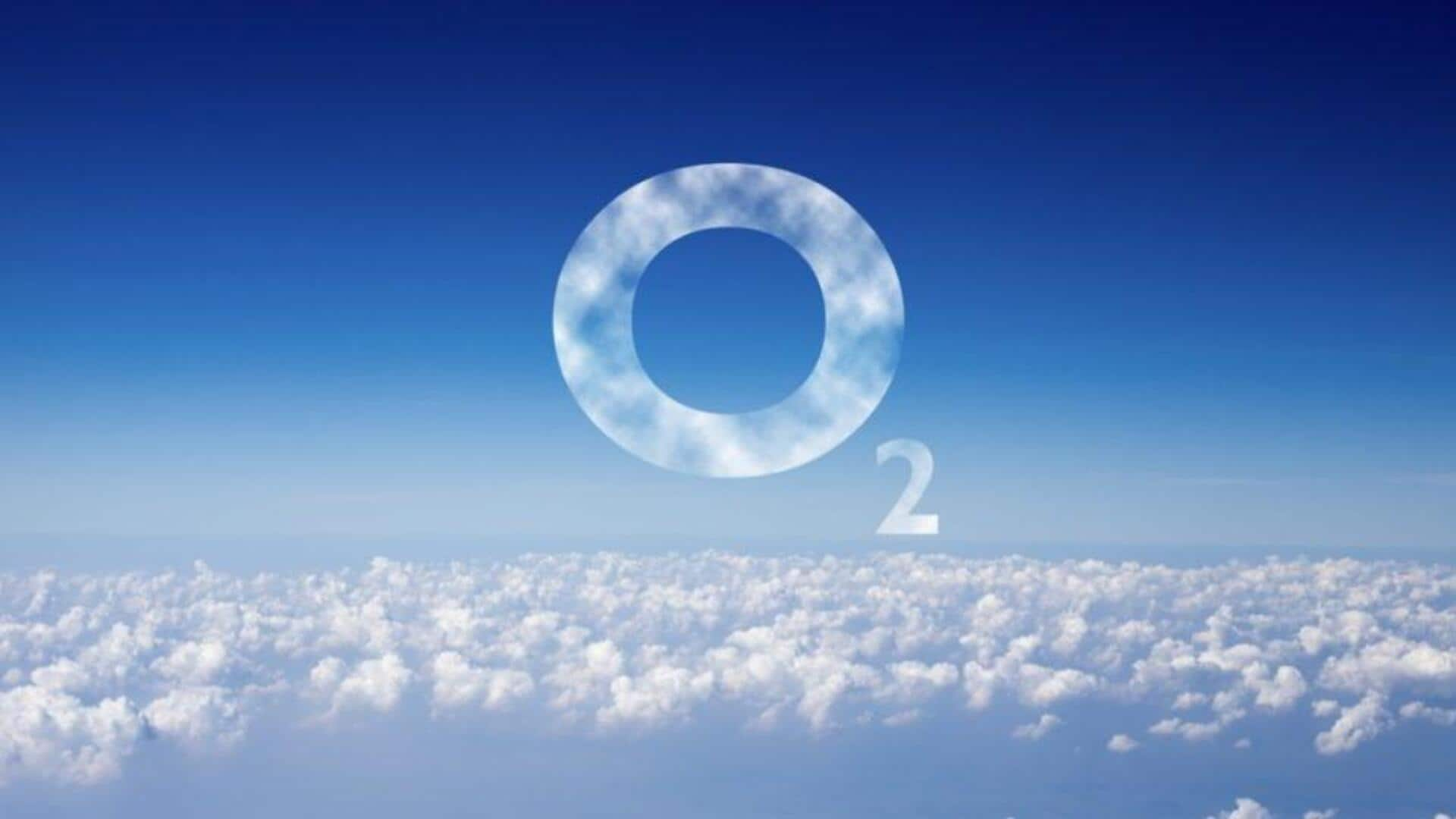
Oxygen-28 isotope defies 'magic number' theory of nuclear physics
What's the story
Researchers at Japan's Tokyo Institute of Technology have discovered oxygen-28, an isotope with the biggest number of neutrons ever observed in an oxygen atom. It has eight protons plus 20 neutrons, equaling 28 nucleons. Despite having a magic number of neutrons, oxygen-28 decays rapidly, suggesting that the concept of magic numbers may be more complex than previously thought. Magic numbers are special numbers of nucleons (protons or neutrons) that make atomic nuclei more stable because the nucleons are packed tightly.
Details
Innovative technique unveils unstable oxygen isotopes
The research team led by Professor Yosuke Kondo, managed to produce oxygen-27 and oxygen-28 by firing a beam of calcium-48 isotopes on a beryllium target. This, in turn, created lighter atoms, including fluorine-29. The scientists then collided fluorine-29 with a liquified hydrogen target to create oxygen-28. To their surprise, both oxygen-27 and oxygen-28 were unstable and decayed rapidly.
What Next?
Oxygen-28's nucleus will be probed in high-energy state next
The seven most widely recognized magic numbers are 2, 8, 20, 28, 50, 82, and 126. Nuclei with these numbers of nucleons are particularly stable. The discovery of oxygen-28, which was expected to be stable due to its magic number of neutrons (20), raises questions about the validity of the magic number concept. Further research into oxygen-28's properties could involve probing its nucleus in an excited, higher-energy condition or exploring alternative methods of formation.